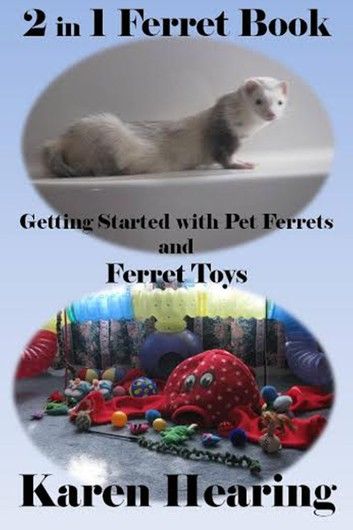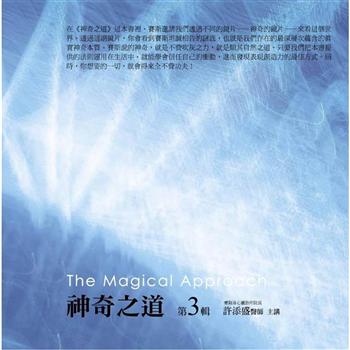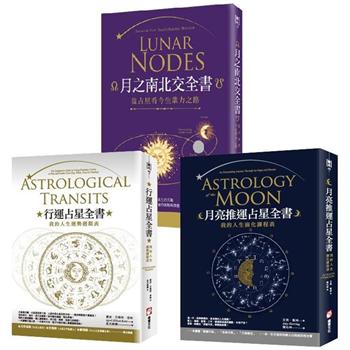| FindBook |
有 1 項符合
2 in 1 Ferret Book: Getting Started with Pet Ferrets and Ferret Toys的圖書 |
 |
2 in 1 Ferret Book: Getting Started with Pet Ferrets and Ferret Toys 作者:Karen Hearing 出版社:Karen Hearing 出版日期:2013-12-05 語言:英文 |
| 圖書館借閱 |
| 國家圖書館 | 全國圖書書目資訊網 | 國立公共資訊圖書館 | 電子書服務平台 | MetaCat 跨館整合查詢 |
| 臺北市立圖書館 | 新北市立圖書館 | 基隆市公共圖書館 | 桃園市立圖書館 | 新竹縣公共圖書館 |
| 苗栗縣立圖書館 | 臺中市立圖書館 | 彰化縣公共圖書館 | 南投縣文化局 | 雲林縣公共圖書館 |
| 嘉義縣圖書館 | 臺南市立圖書館 | 高雄市立圖書館 | 屏東縣公共圖書館 | 宜蘭縣公共圖書館 |
| 花蓮縣文化局 | 臺東縣文化處 |
|
|
So you finally got that pet ferret you've been wanting. But now what?
Ferrets do make great pets. They are fun, quirky, lovable, playful, mischievous, and entertaining little critters. But they also require a commitment on your part. You will need to invest time, money, and energy to take care of your woozles properly. Reading our "2 in 1 Ferret Book" will aid you in preparing and getting outfitted for your ferret journey – especially the ferret-cage and ferret-readiness checklists.
And then there are the toys – most likely lots of them. Just as we do for our human children, we want the best, most-stimulating toys we can afford for our pet ferrets. But how do we wade through the thousands of choices and the many manufacturers. And where is the best place to get ferret toys? And what about homemade toys?
This book contains our two top-selling ferret books with new additional material.
Excerpt:
Ferrets, because they are meat eaters, belong to the Carnivora order, as do dogs and cats, wolves and lions. As we move further down the classification line, we see that ferrets belong to the Mustelidae (which means loosely "weasel" or "mouse killer") family, and this makes them remotely related to badgers, sea otters, wolverines, and polecats. So far, then, it seems our pet ferrets, our favorite fuzzies, are in the company of some pretty tough (and perhaps stinky) critters.
Next, we find ferrets in the genus putorious, a Latin word that means "stench." (Just think of the word "putrid.") Then, they are in the species called furo, which come from furis, which means "thief." Big surprise, huh?
So, taxonomically, a ferret is . . . a weaselly, mouse-killing, smelly thief. But pet ferrets aren't really very closely related to weasels, and most of them don't kill mice (unless they are fed a whole-prey diet). They are, however, incorrigible thieves, so that part's pretty accurate.
This description, though scientifically sound, doesn't really tell us much about what this creature we love really is. So . . . just what IS a ferret?
Well, first off, a ferret is a small, elongated, long-whiskered bundle of energy – when it isn't sleeping, which is most of the time. It is a creature that when active (which, again, is only about 6 hours a day) is furiously playing – running, jumping, hiding, chewing, stealing. Or not . . . because it may be asleep. A ferret, then, is a seeming contradiction – a living paradox.
Second, a carpetshark possesses the attributes of several different animals all bundled together in one lovable package. It displays, for instance, the zany playfulness of an otter. (Just think of otters in all the Disney shows we watched when we were kids.) It has the sneakiness and curiosity of a cat – which, just as with cats, can get a ferret into some less-than-ideal predicaments. And a ferret is like a dog in that it often engages in hilariously entertaining (to us) and embarrassing (to the ferret) antics.
Finally, on a more serious note, ferrets are great pets – but only for those willing to make the necessary investment. For just like people – and they are a lot like humans, too – they require vaccinations and regular medical check-ups, as well as a quality diet, to remain healthy. They need their own living space and quality sleeping quarters. They have to have scheduled play times and lots of chances for socialization with both you and others of their own kind.
Pet ferrets are, in short, members of your family. And here are a couple of our picks in ferret-care books for tips on how to keep your paradoxical, multi-faceted, furry family members healthy and happy . . .
|











